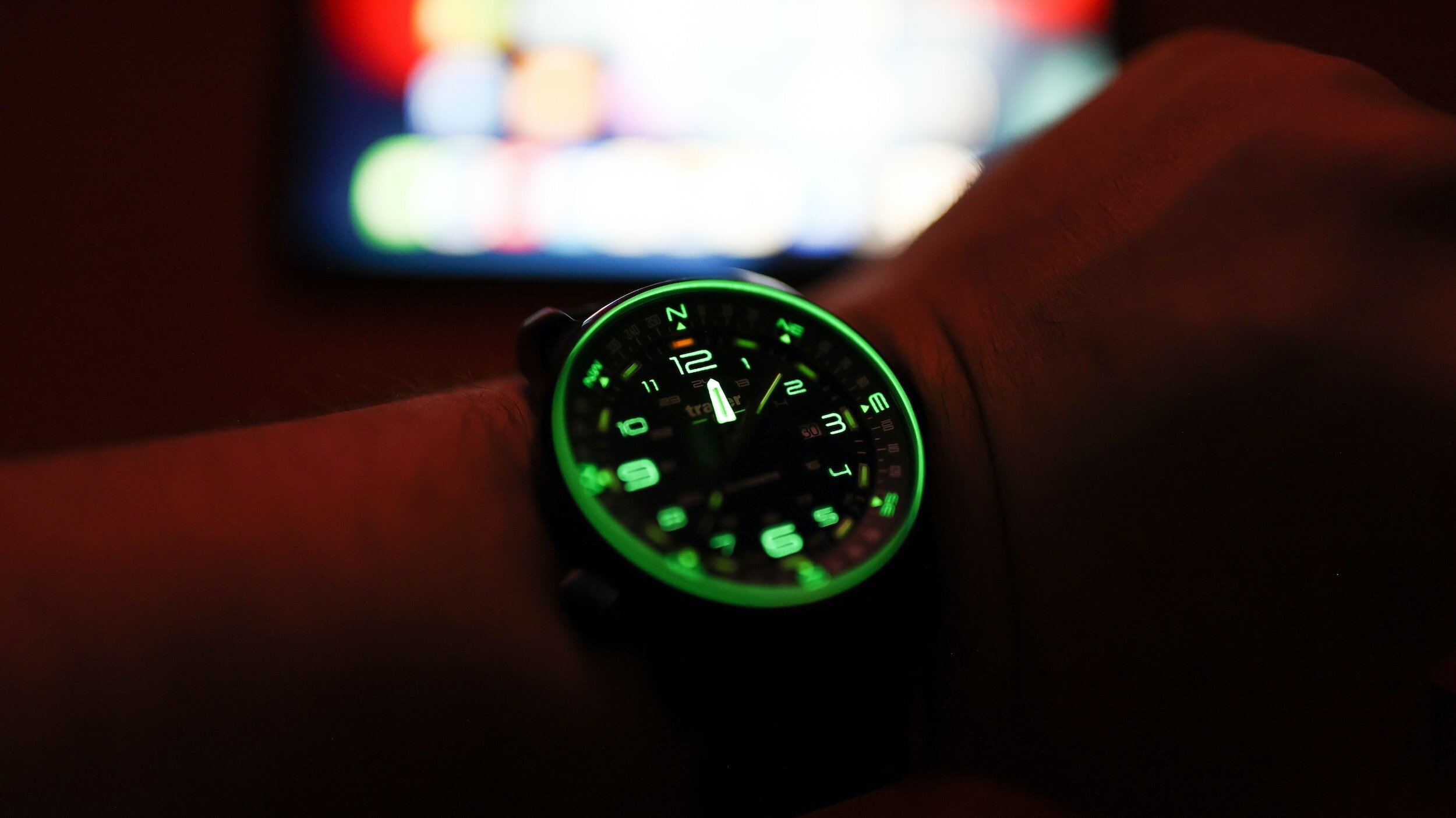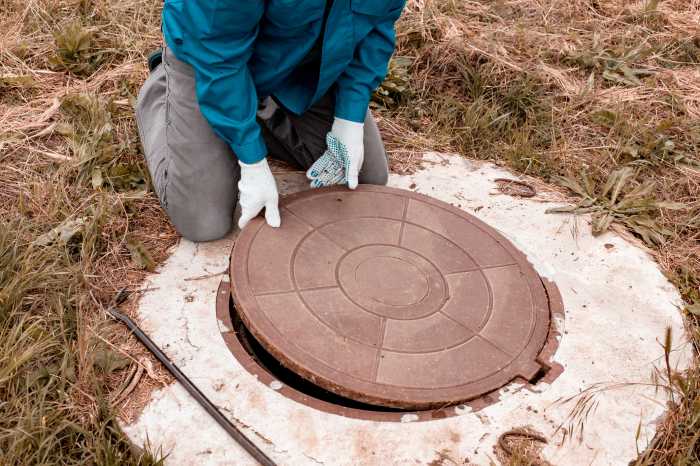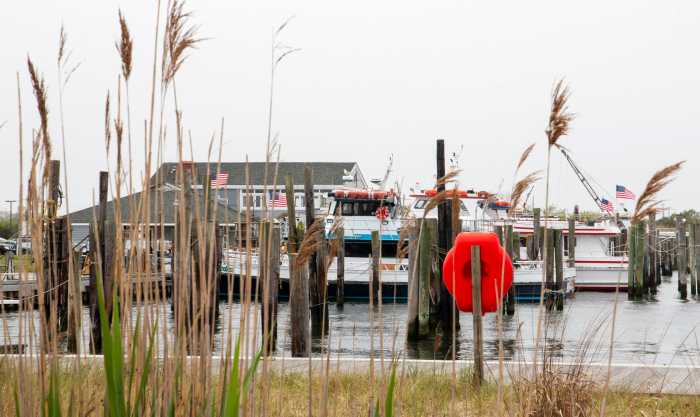
There is opposition to a plan to dump a million gallons of wastewater contaminated with radioactive tritium from the Indian Point nuclear power plant site into the Hudson River. Closer to Fire Island, two nuclear reactors at Brookhaven National Laboratory in Upton were closed because they were leaking tritium into the water table below.
The water table below BNL flows partly into the community of Shirley – just above the eastern end of Fire Island.
“Welcome to Shirley: A Memoir of an Atomic Town,” is a 2008 book by Kelly McMasters, a professor at Hofstra University on Long Island, who grew up in Shirley. In it she tells of widespread cancer in Shirley noting how BNL was designated as a high-pollution Superfund site in 1989 “with soil and drinking water contaminated with Cesium 137, Plutonium 239, Radium 226, and Europium 154, as well as underground plumes of tritium stretching out towards my town.”
Some 138 groups organized in a Stop Holtec Coalition have been challenging the plan of Holtec International, the owner of the Indian Point nuclear plants, closed in 2021, to dump the tritium-contained water into the Hudson.
In a letter to New York Governor Kathy Hochul, they declare that “we are deeply concerned about the impacts on the health and safety of local residents, the river’s ecosystem, and local economy. The Hudson Valley region is densely populated and also serves as a recreational area for millions from New York City and across the state … The Indian Point nuclear power plant was rightfully shuttered in 2021, yet the spent fuel pool wastewater remaining on the site contains radioactive contaminants, including tritium. Exposure to tritium is linked to cancer, miscarriages, genetic defects and other health effects.”
Organizations signing the letter include Food & Water Watch, Grassroots Environmental Education, Hudson Riverkeeper, Hudson River Sloop Clearwater, Indian Point Safe Energy Coalition and Promoting Health and Sustainable Energy.
As a result of the planned dumping, legislation was passed in the New York State Assembly in June and in the State Senate in May banning “the discharge of any radiological agent into the waters of the state.” It has not been signed by Governor Hochul.
There have been demonstrations protesting the plan, a petition drive with more than 400,00 signatures, and resolutions passed by local governments opposing the release. The first was passed unanimously in March by the Westchester Board of Legislators. It noted how “pre-release treatment would not remove tritium” from water, that tritium is carcinogen and that “there are seven communities” that “source their drinking water from the Hudson.” The Indian Point plants are in Westchester County, 25 miles north of New York City.
Meanwhile, in Japan, the Japanese government is planning to release 1.3 million tons of water containing tritium into the Pacific Ocean from the site of the Fukushima Daiichi nuclear power plants that underwent a major accident in 2011.
Nations in the Pacific are protesting the plan. China is among them with a Foreign Ministry spokesperson saying it “concerns the global marine environment and public health, which is not a private matter for the Japanese side.”
In the just-released film documentary, “The Fukushima Disaster: The Hidden Side of the Story,” Andrew Napuat, a member of the Parliament of Vanuatu, an 83-island archipelago in the Pacific, says: “We have the right to say no to the Japan solution. We can’t let them jeopardize our sustenance and livelihood.”
Holtec minimizes the impact of the tritium dumping into the Hudson as does the Japanese government about its planned dumping into the Pacific.
Likewise, Brookhaven National Laboratory scientists minimized the impacts of the leaks of tritium from the two reactors at BNL closed in the late 1990s as a result of tritium leaks from them. The scientists pointed out that tritium is used in exit signs.
How dangerous is tritium – whether in exit signs or dumped in the Hudson or Pacific?
Tritium is a radioactive isotope of hydrogen. It has a radioactive half-life of 12.3 years.
As the U.S. Nuclear Regulatory Commission in its “Backgrounder on Tritium” says: “Like normal hydrogen, tritium can bond with oxygen to form water. When this happens, the resulting ‘tritiated’ water is radioactive. Tritiated water … is chemically identical to normal water and the tritium cannot be filtered out of the water.”
As to dangers, in a posting titled “Tritium in Exit Signs,” the U.S. Environmental Protection Agency says: “Tritium is a radioactive isotope that needs special handling procedures. Tritium is most dangerous when it is inhaled or swallowed. Many exit signs contain tritium Tritium exit signs are marked with a permanent warning label … Damage to tritium exit signs is most likely to occur when a sign is dropped during installation or smashed into the demolition of a building. If a tritium exit sign is damaged, the tritium could be released.”
Further, notes EPA: “Unwanted tritium exit signs may not be put into ordinary trash; they require special disposal. Tritium exit signs that are illegally put in ordinary landfills can break and contaminate the site.”
The Conference of Radiation Control Programs, Inc. in its posting headed “Tritium Exit Signs Present a Challenge in Handling and Disposal,” says they “must be isolated from other wastes during disposal, since they may and often do contaminate scrap metal from demolition sites …. While many large commercial and government entities are aware of the requirements for use and disposal, many small businesses are unaware of the NRC requirements, leading to the improper disposal of tritium exit signs industrial or municipal landfills, or worse, their being sold over the internet. An estimated 2 million tritium exit signs have been sold in the U.S.”
This year, a book titled “Tritium’s Danger,” was published, authored by Dr. Arjun Makhijani, president of the Institute for Energy and Environmental Research. His Ph.D. involved a specialization in nuclear fusion, on which the hydrogen bomb is based. The hydrogen bomb’s fusion process utilizes tritium. And, if fusion is ever developed as an energy source – and an enormous effort has been underway for years to do that – tritium would play a major part.
“Makhijani makes it clear that the impacts of tritium on human health, especially when it is taken inside the body, warrant much more attention and control than they have received until now,” writes Robert Alvarez in his review of “Tritium’s Danger” in the June 26, 2023, issue of The Bulletin of the Atomic Scientists. Alvarez, senior scholar at the Institute for Policy Studies, served as senior policy adviser to the Department of Energy’s secretary and was deputy assistant secretary for national security and the environment from 1993 to 1999.
Tritium, relates Alvarez, “is one of the most expensive, rare, and potentially harmful elements in the world.”
Alvarez notes that “Makhijani points out that ‘one teaspoon of tritiated water would contaminate about 100 billion gallons of water to the U.S. drinking water limit; that is enough to supply about 1 million homes with water for a year.’”
“Since the 1990s, about 70 % of the nuclear power plant sites in the United States (43 out of 61 sites) have had significant tritium leaks that contaminated groundwater in excess of federal drinking water limits,” writes Alvarez.
“The most recent leak occurred in November 2022, involving 400,000 gallons of tritium-contaminated water from the Monticello nuclear station in Minnesota. The leak was kept from the public for several months.”
Writes Alvarez: “In past decades, regulators have papered over the tritium-contamination problem by asserting, when tritium leakage becomes a matter of public concern, that the tritium doses humans might receive are too small to be of concern. Despite growing evidence that tritium is harmful in ways that fall outside the basic framework for radiation protection, agencies such as the Nuclear Regulatory Commission remain frozen in time when it comes to tritium regulation. The NRC and other regulating agencies are sticking to an outdated premise that tritium is a ‘mild’ radioactive contaminant … Overall, the NRC implies its risk of tritium ingestion causing cancer is small.”
Sean Burnie, a senior nuclear specialist with Greenpeace who has been involved in the aftermath of the Fukushima disaster, describes as “scientifically bankrupt” the claims by the Japanese government and the Tokyo Electric Power Company, owner of the Fukushima nuclear plants, that the dumping of tritium into the Pacific would not pose a health risk. “It is internal exposure to organically bound tritium that is the problem – when it gets inside fish, seafood, and then humans. When tritium gets inside cells, it can do damage,” he says. “TEPCO and the Japanese government are making a conscious decision to increase marine pollution with radioactivity, and they have no idea where that will lead.”



























